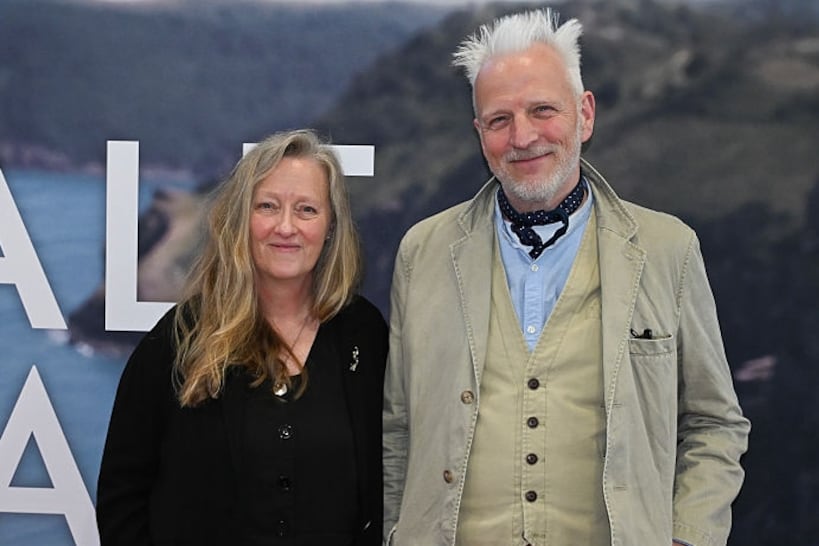Three alerts were issued in relation to high strength ketamine, MDMA and cocaine at the Life Festival last weekend on the back of a new drug-checking initiative from the Health Service Executive (HSE).
The HSE ran the “back of house” drug checking initiative as part of its Safer Nightlife Programme. The scheme is being run at a small number of festivals this summer in a bid to minimise potential overdoses, adverse reactions, and deaths.
The programme, which was piloted at last year’s Electric Picnic, involves outreach as well as drug checking through the use of surrender bins.
As well as the bins, there are medical tents where non-judgemental information can be sought about how to be safe while taking drugs.
READ MORE
A total of 97 samples of drugs were surrendered at the Life Festival, which took place from May 26th-28th at Belvedere House Gardens and Park in Mullingar, Co Westmeath.
The health risks associated with these substances were communicated in social media alerts via Drugs.ie and by Drugs.ie volunteers on the ground. The HSE said on Friday it was conducting secondary analysis to further identify other components within the drugs.
HSE project manager for emerging drug trends Nicki Killeen reported positive feedback from the public who engaged with them at the event.
“We wanted to ensure that the tent was an environment where people felt safe and respected,” she said. “While it is hard to quantify this work, we can say we were extremely busy for the duration of the event and received a positive reaction from attendees.
“The preliminary analytical results provide us with further insights into changing drug landscape in Ireland. We issued three alerts in relation to high strength ketamine, MDMA and cocaine in circulation.
“The MDMA we tested ranged from 50mg to 246mg in products showing the diversity of MDMA available on the Irish market. This confirms that the public can’t be sure of the purity and how they will react.”
She said there were also a number of submissions from festival goers whose friends became unwell.
“This meant we could apply analytical techniques to examine what substances may have led to these cases, providing real-time information for medics and those impacted,” she said.
“Looking to the future, our Safer Nightlife Programme has a central role in reducing drug related harms at events and in the night-time economy.”
HSE national clinical lead for addiction services Prof Eamon Keenan said there were three “risk communications” issued via social media channels as well as by trained volunteers who engaged with attendees in campsites and arenas.
“The analysis of substances at these events allows us to identify substances of concern, provide real time information in relation to drugs circulating, engage with festival goers and reduce drug-related harm,” he said.
“It is part of a comprehensive drug monitoring programme that the HSE Addiction Services are progressing.
“The HSE would like to thank the festival promoters of Life Festival for their support and engagement over the weekend which ensured an integrated harm reduction system was delivered on-site.”










